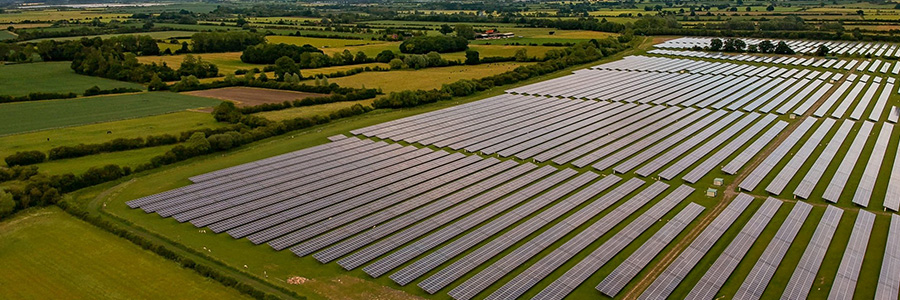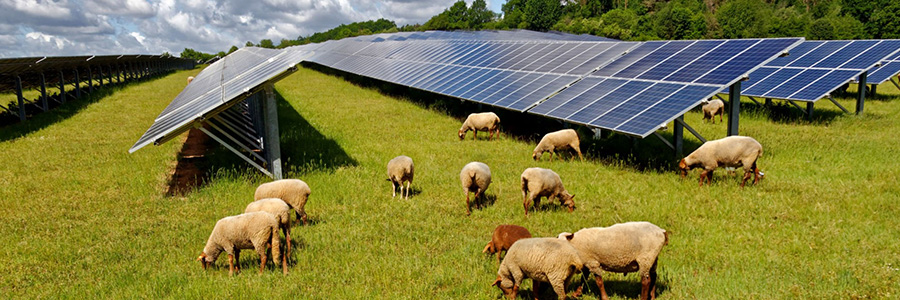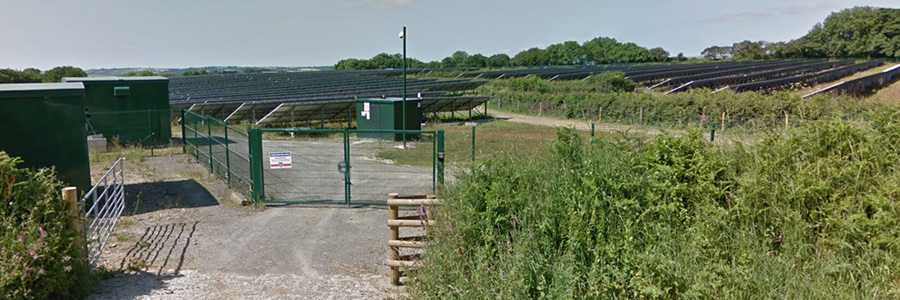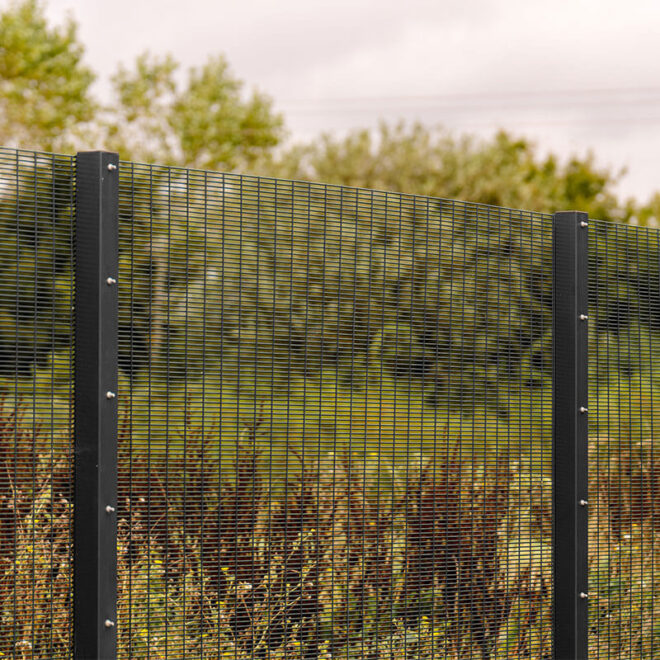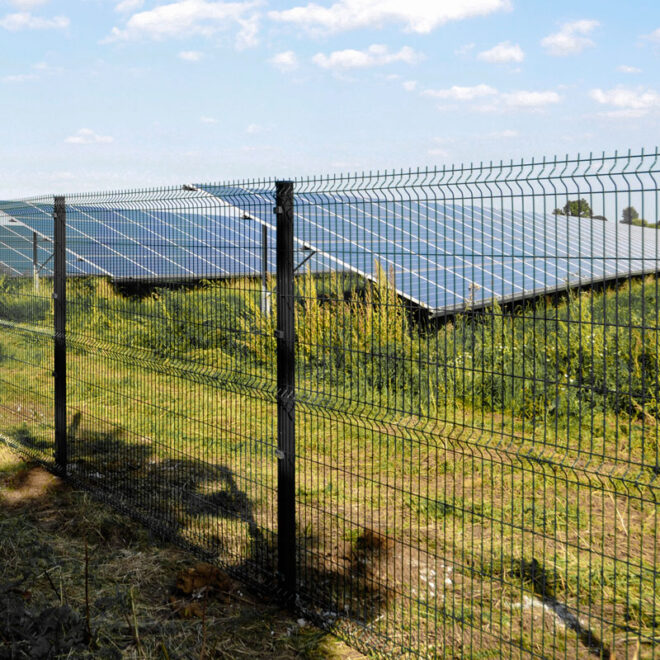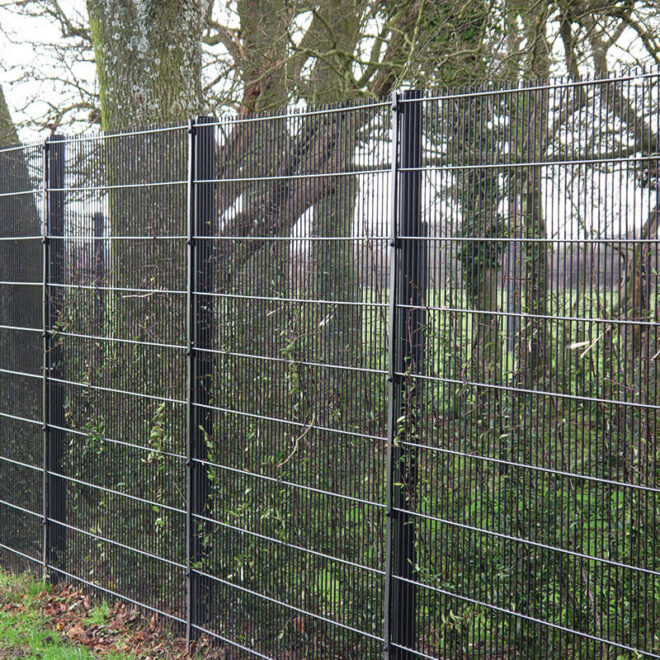Published:
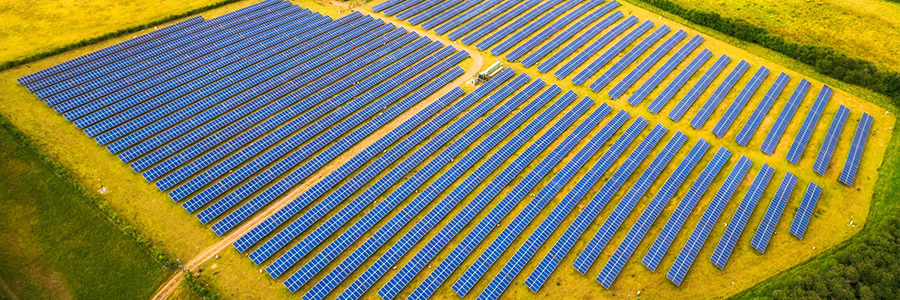
Did you know that the UK is the first major economy to pass a law requiring the country to reach net zero with all greenhouse gas emissions by 2050? The UK was also the first country in the world to establish a legally binding climate change target with the Climate Change Act 2008.
As the UK transitions toward renewable energy, solar farms are playing an increasingly important role in the country’s energy mix. But what exactly is a solar farm, how do they operate, and what impact do they have on UK farmland? As specialists in solar farm security, we explain everything you need to know about solar farms, from their function to their financial viability and land use considerations.
What Does a Solar Farm Do?
A solar farm, also known as a solar park or photovoltaic (PV) power station, is a large-scale installation of solar panels designed to generate electricity. Unlike small rooftop solar panels found on homes and businesses, solar farms are built on open land and can stretch anywhere from a couple of acres to several hundred hectares.
Solar arrays work by directing sunlight through photovoltaic cells, which convert solar energy into electricity. This electricity is either fed directly into the national grid or stored in batteries for later use and distribution. With advances in solar technology and battery storage, solar farms are becoming an increasingly reliable renewable energy source.
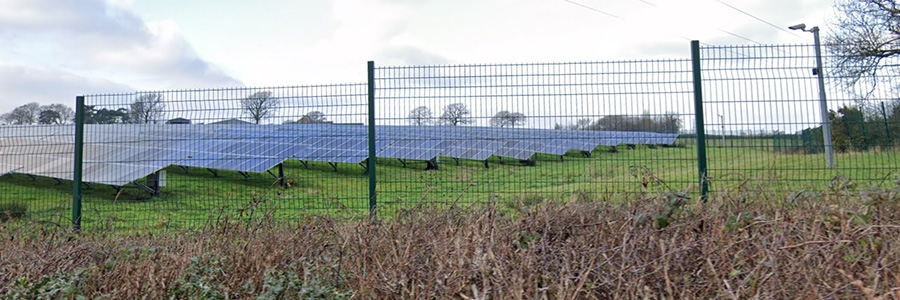
How Do Solar Farms Make a Profit?
While installing rooftop solar is generally done to offset personal energy bills and carbon emissions, solar farms are not built for altruistic purposes only – they can generate profits. Solar farms generate revenue in several ways:
Selling Electricity to the Grid
The primary source of solar power income comes from selling the electricity generated to the National Grid or directly to businesses through Power Purchase Agreements (PPAs).
Government Incentives and Contracts
While subsidies such as the Feed-in Tariff (FiT) have been phased out, other schemes like the Contracts for Difference (CfD) offer a fixed price for electricity. CfD is a private law contract between a solar panels farm and the Low Carbon Contracts Company (LCCC), which is a government-owned company. This scheme is the government’s main avenue for supporting low-carbon electricity generation.
Corporate Investments
Many large businesses are investing in solar farms to secure long-term, sustainable energy at predictable prices, reducing their reliance on fossil fuels. Showcasing their commitment to sustainability also has the potential to improve an organisation’s reputation, making corporate investment an increasingly attractive option.
Land Leasing
Landowners can lease their land to solar developers, receiving regular payments without the need to manage the energy infrastructure themselves. If you have a large tract of land and want to be part of the UK push towards net zero, but the enterprise of a solar farm is too much to consider, this is a good option that will still offer an income.
With electricity prices fluctuating and the demand for renewable energy rising, solar farms present a long-term, stable investment opportunity for land owners.
How Many Solar Farms Are There in the UK?
According to government data, the UK is home to over 1,352 operational solar farms (at the time we wrote this article). There are a further 160 solar farms under construction, 2,379 projects awaiting construction, and 505 applications submitted and awaiting approval. If they all overcome the planning and building process, that’s almost 4,400 solar farms that are likely to be operational within the next decade or two.
Solar energy already contributes a significant portion of the UK’s renewable electricity generation, particularly during peak sunlight hours in the summer months. The government has set ambitious targets for increasing solar capacity, aiming for 70GW by 2035 as part of the UK’s net-zero strategy. This means we can expect even more solar farms to be developed in the coming years.
What is the Largest Solar Farm in the UK?
The largest operational solar farm in the UK is Shotwick Solar Park in Flintshire, Wales. Covering around 250 acres, this site has a capacity of 72MW, supplying renewable energy directly to the nearby paper mill and reducing its reliance on fossil fuels.
However, larger projects are in the pipeline, including the Cleve Hill Solar Park in Kent, which is expected to generate 373 MW – enough to power over 102,000 homes. The project will include over 550,000 solar photovoltaic modules (panels), energy storage and the associated development infrastructure. Once completed, Cleve Hill will become the UK’s largest solar farm.
Is Solar a Threat to UK Farmland?
As solar farms become more popular, concerns about their impact on agricultural land and food production have been raised. Critics argue that converting farmland to solar farms could reduce food security, while supporters highlight the environmental benefits and potential for dual land use while stating that “solar farms pose no threat to the UK’s food security”.
Here are the key issues in this debate:
- Land Use Balance: Even with the planned expansions, solar farms will account for, at most, just 0.6% of UK land, whereas agricultural land covers 70% of the country. Solar remains a small fraction of total land use even with planned developments.
- Dual-Use Farming: Many solar farms allow for sheep grazing and wildflower meadows, supporting biodiversity and maintaining agricultural output.
- Soil Protection: Unlike intensive farming, solar farms help rest land by reducing soil erosion and improving soil health over time.
- Government Guidelines: The UK government supports solar development on lower-grade land while aiming to protect prime agricultural areas. New policies ensure that solar expansion does not compromise food production.
In short, while solar farms do occupy some farmland, they contribute to a sustainable energy transition without significantly threatening food production. The key lies in strategic site selection and responsible land management.
The Future of Solar in the UK
With increasing energy demand, fluctuating fossil fuel prices, and the push for net-zero emissions, solar farms will continue to play a vital role in the UK’s energy strategy. Their ability to generate clean, affordable electricity while coexisting with agriculture makes them an essential component of the renewable energy mix.
Whether you’re a landowner considering leasing your property for solar, a business exploring renewable energy options, or a policymaker evaluating land use priorities, understanding the role of solar farms is crucial. By balancing energy needs with agricultural sustainability, the UK can continue expanding its solar capacity while ensuring a resilient future for both food production and energy security.
Secure your solar farm with high-performance SolarGard farm fencing from Alexandra Security. Our SolarGard range provides robust perimeter protection, preventing trespassing and safeguarding valuable solar infrastructure. Explore our durable, cost-effective solar security options to secure your investment and keep it profitable far into the future.



